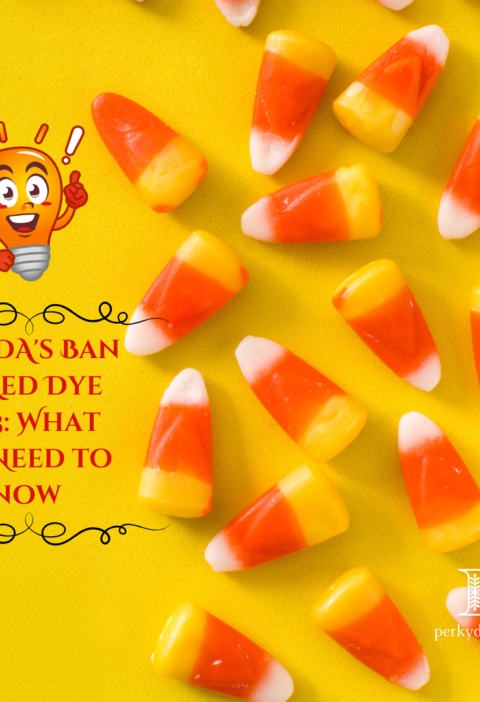We use affiliate links. If you purchase something using one of these links, we may receive compensation or commission.
In today’s busy world, processed foods are everywhere—from pre-packaged snacks to ready-made meals. But what does “processed food” really mean, and how does it impact our health? To better understand the role of processed foods in our diets, let’s explore the different levels of food processing and how they affect the nutritional value of what we eat.
1. Unprocessed or Minimally Processed Foods
These foods are either in their natural state or have undergone minimal changes like washing, freezing, or chopping. They retain most of their original nutrients and are the foundation of a balanced diet.
Examples:
- Fresh fruits and vegetables
- Whole grains (like brown rice or quinoa)
- Raw nuts and seeds
- Fresh meat, poultry, and fish
- Eggs and milk
Why They’re Important:
Unprocessed foods are nutrient-dense, naturally low in added sugars or salt, and free from artificial additives.
Quick Tip: Stick to the outer aisles of the grocery store, where fresh produce, dairy, and unprocessed foods are usually displayed.

2. Processed Culinary Ingredients
These are ingredients derived from natural foods and are typically used in cooking rather than eaten alone. While slightly processed, they can still be part of a healthy diet when used in moderation.
Examples:
- Olive oil, butter, and coconut oil
- Salt, sugar, and honey
- Vinegar and natural sweeteners
What to Look For:
Opt for minimally processed versions like raw honey, sea salt, or extra virgin olive oil to maximize their nutritional value.
Quick Tip: Check labels for additives or preservatives, especially with oils and sweeteners.

3. Processed Foods
These foods have been altered with the addition of salt, sugar, or preservatives but remain relatively close to their natural form. They can be a convenient and healthy option when chosen wisely.
Examples:
- Canned vegetables and legumes
- Whole-grain breads and pastas
- Cheeses and yogurts
Choosing Better Options:
- Select products with minimal added ingredients.
- Look for “low-sodium” or “no added sugar” labels.
Quick Tip: Rinse canned beans and vegetables to reduce sodium content before cooking.

4. Ultra-Processed Foods
These are heavily modified, often containing five or more ingredients, including additives like artificial flavors, preservatives, and sweeteners. They are typically ready-to-eat, highly palatable, and long-lasting.
Examples:
- Packaged snacks and sodas
- Instant noodles and frozen meals
- Sweetened breakfast cereals
Why Limit Them:
Ultra-processed foods are often high in unhealthy fats, sugar, and sodium while lacking essential nutrients. Frequent consumption can increase the risk of obesity, diabetes, and heart disease.
Quick Tip: Avoid foods with long ingredient lists or unrecognizable chemical names like “hydrolyzed protein” or “maltodextrin.”
Why It Matters
The level of processing in your food can significantly affect your health. By reducing your intake of ultra-processed foods and focusing on whole, unprocessed options, you can:
- Boost your energy and immune system
- Improve digestion and nutrient absorption
- Lower your risk of chronic diseases
How to Make Better Choices
Here are a few simple steps to prioritize less-processed foods in your diet:
-
Cook More at Home
Preparing meals from scratch lets you control ingredients and avoid unnecessary additives. -
Snack on Whole Foods
Swap packaged chips or cookies for fresh fruit, raw nuts, or homemade snacks. -
Read Labels
Choose products with fewer ingredients and no artificial additives. -
Shop Locally
Support farmers’ markets and local growers to find fresh, unprocessed options.
Quick Tip: Meal prepping can help you avoid the temptation of convenient, ultra-processed foods during a busy week.






